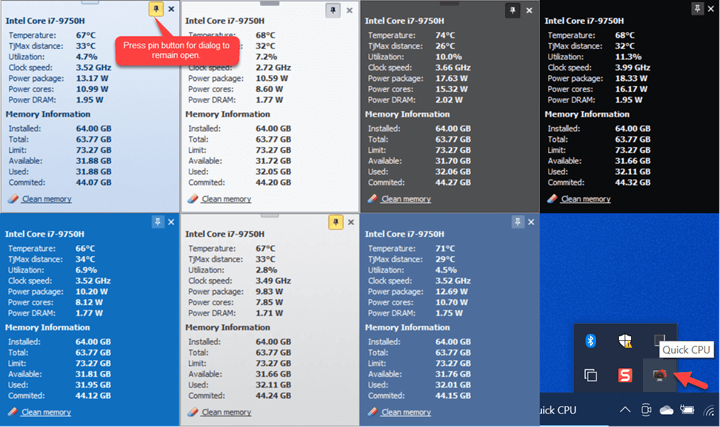

However, when handling heavy workloads, Intel Turbo Boost Technology will dynamically increase the clock rate to compensate, increasing performance in both single-threaded and multithreaded applications (programs that utilize several processor cores).

This will positively impact battery life in laptops. The Intel Turbo Boost technology lets the CPU run at its base clock speed when handling light workloads (when the energy-saving Intel SpeedStep technology scales CPU speeds, the clock frequency will be even lower), so that the CPU can consume less power and produce less heat. The Core i3, Core i5, Core i7, Core i9 and Xeon series CPUs manufactured from then on are Turbo-Boost-enabled and these processors are based on the Nehalem and later microarchitectures.Ĭore i3 vs i5: What’s the Difference and Which One Is Better? To solve this problem, Intel released Turbo Boost Technology in 2008. In addition, if CPUs always run at high frequency, they will consume more power and produce more heat, which will shorten CPU lifespan and power supply lifespan. Therefore, when you run programs, CPUs don’t always need to run at their maximum frequency. Programs can be divided into GPU-intensive ones, RAM-intensive ones, or CPU-intensive ones.
#Intel turbo boost technology monitor 2.0 uses how to#
How to Enable Intel Turbo Boost Windows 10.


 0 kommentar(er)
0 kommentar(er)
